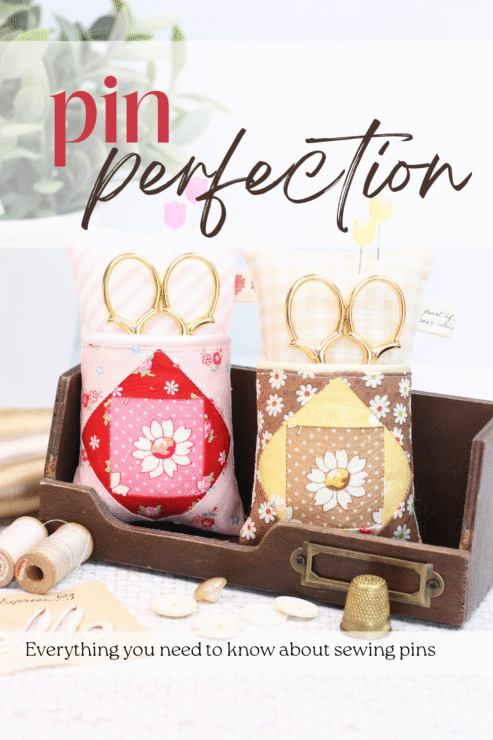
Pins are a staple in every sewing kit, quietly playing a crucial role in securing fabric, ensuring precision, and bringing designs to life. Whether you’re piecing together a quilt, hemming a garment, or carefully assembling intricate patchwork, pins are the unsung heroes of sewing.

History of Pins
Pins have been a fundamental part of sewing and craftsmanship for centuries. Early sewing pins were handmade from bone, wood, or thorns, with metal pins emerging in ancient Egypt and Rome. By the 19th century, mass production made pins more accessible, revolutionizing sewing and garment-making. Today, they remain an essential tool, evolving with modern materials and designs to suit different fabrics and techniques.
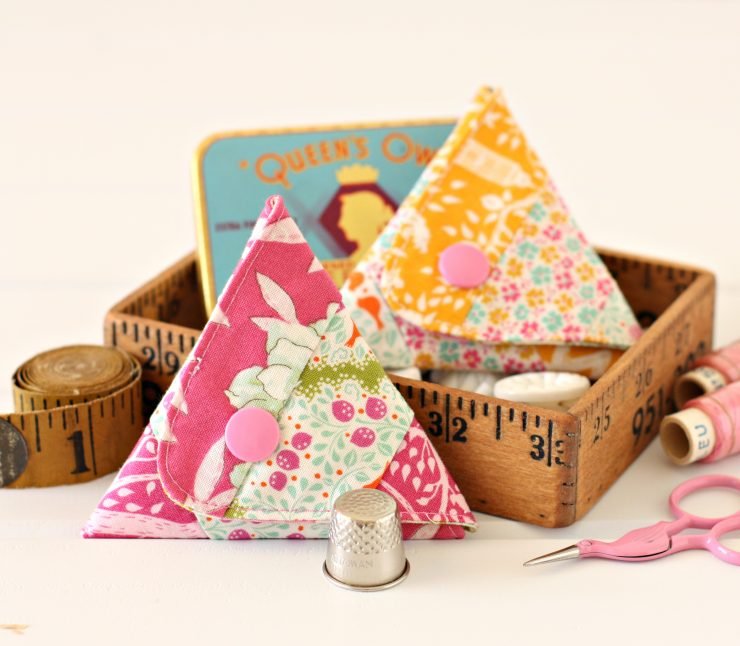
Why We Use Pins
Pins help hold fabric pieces together, preventing slipping while cutting or sewing. They allow sewists to position seams with accuracy, align patterns, and stabilize layers before stitching. Whether working with delicate Liberty fabric or sturdy denim, the right pin makes all the difference.
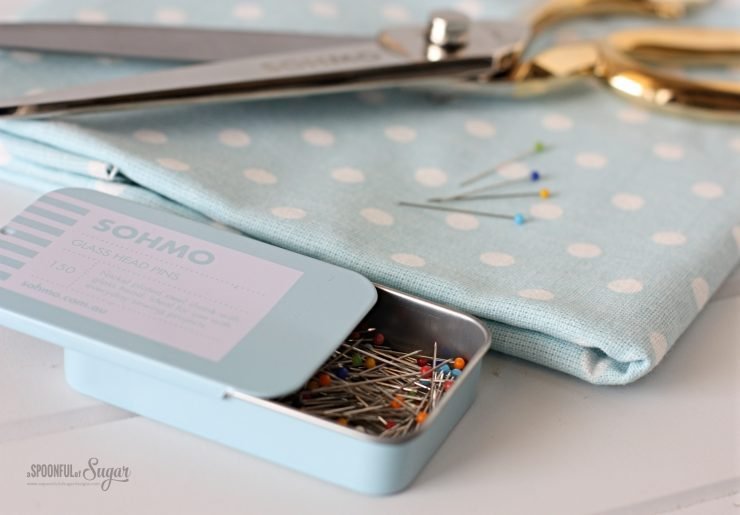
Types of Pins
Not all pins are created equal—different projects call for different types. Glass-headed pins are heat-resistant and ideal for pressing. Ballpoint pins slide smoothly through knits without snagging. Fine silk pins work beautifully with delicate fabrics, while quilting pins, slightly longer, keep thick layers neatly stacked.
Here is a breakdown of different types of pins for sewing:
- Fine Pins – Perfect for delicate fabrics like Liberty Tana Lawn or silk, these ultra-thin pins slide smoothly through fabric without leaving visible holes.
- Glass Head Pins – A favorite among sewists, these pins have heat-resistant glass heads, making them ideal for pressing without the risk of melting.
- Quilting Pins – Longer than standard pins, these are designed to hold thick fabric layers in place, making them essential for quilting and patchwork projects.
- Fork Pins – Featuring a unique U-shaped design, fork pins are excellent for securing tricky seam matches and precision piecing in quilting.
- Basting Pins – These curved safety pins are perfect for securing quilt layers together, making the basting process much easier and ensuring fabrics stay in place while quilting.
- Appliqué Pins – Short and fine, appliqué pins make securing small fabric pieces easier without catching or distorting delicate designs, perfect for detailed hand-stitching projects.
- Novelty Pins – Fun and stylish, novelty pins come in unique shapes like unicorns, flowers, or vintage-inspired designs, adding a touch of personality to any sewing space or dress up your pincushion.
Helpful Tools for Managing Pins
Beyond traditional pincushions, there are several tools designed to make handling pins easier and more convenient.
- Magnetic Pin Holder – A stylish and functional way to keep pins in place, preventing spills while making it easy to grab one quickly.
- Magnetic Pin Wand – Perfect for sweeping up stray pins from your workspace or floor—no more accidental pricks!
- Pin Cushion Wristband – A wearable pincushion that keeps pins handy while sewing.
These tools help streamline sewing sessions and keep pins organized, accessible, and safe while working on projects.
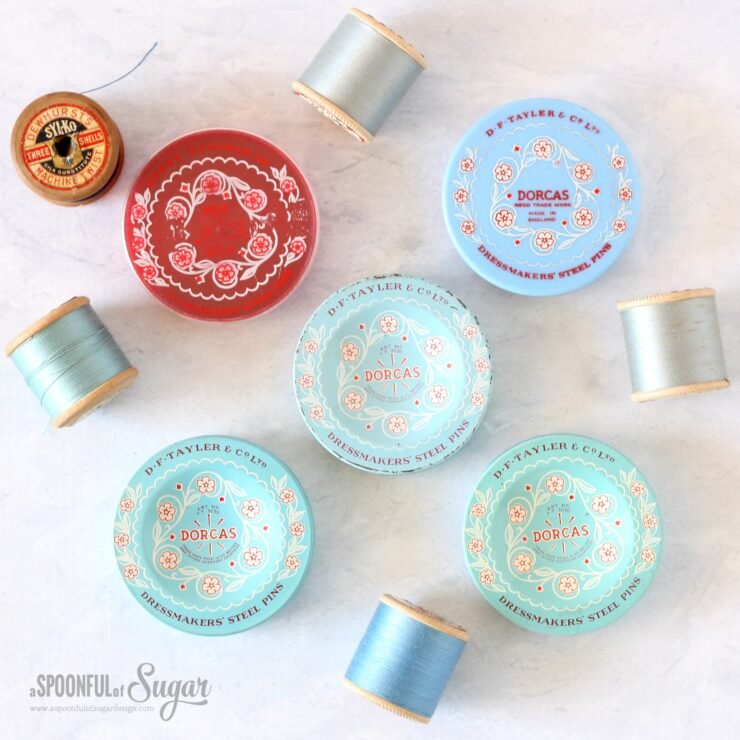
A Peek at Vintage Pin Tins
There’s something special about vintage sewing notions, and pin tins are no exception. From floral prints to charming retro designs, antique tins often tell a story of decades past. Collecting and repurposing them adds a nostalgic touch to any sewing space. These timeless little containers bring both beauty and function to organizing sewing supplies. I love to collect old pin tins and have quite a few in my collection. I don’t use the old pins but use the tins as props in my product photography. I display them with other vintage haberdashery in my sewing room.
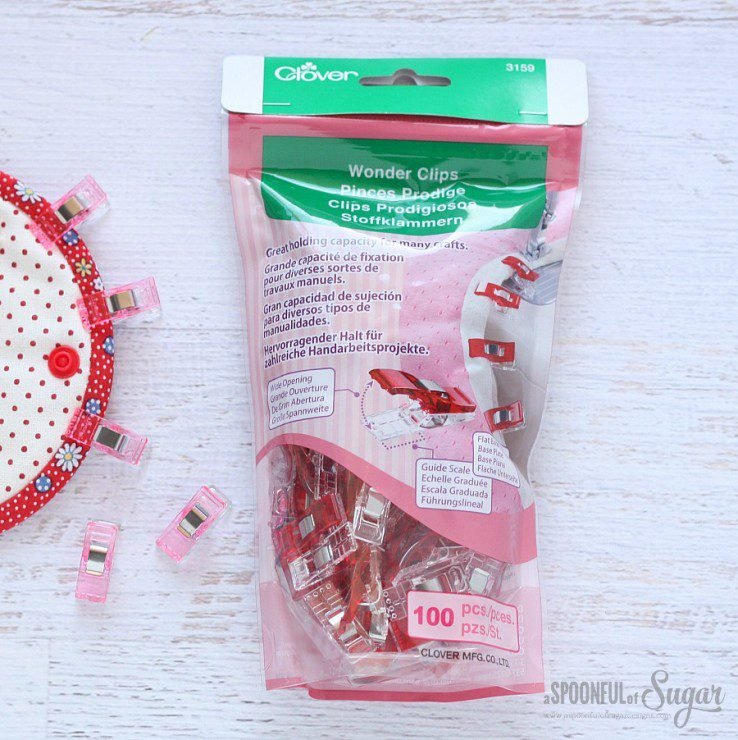
Alternatives to Pins
While pins are a classic choice, modern sewists have plenty of alternatives. Wonder clips are a great option for securing layers without poking holes in fabric. Fabric glue or basting spray helps keep pieces in place before sewing. Some projects even call for fusible tape, eliminating the need for temporary holding methods altogether.
Pincushions: Functional and Beautiful
No pin collection is complete without a pincushion. Beyond keeping pins handy, pincushions add charm to a sewing space. From classic shapes to whimsical designs, they make organizing sewing tools easier and more enjoyable.
Here are some of my most popular pincushion patterns and tutorials (click on the photo for more details)

This charming pincushion features a handy pocket for scissors, an economy block perfect for fussy cutting, and a small tag. Ideal for holding pins, needles, clips, and scissors, it’s a sweet gift for any sewist.

The Scrappy Star Pincushion sewing pattern is a fun patchwork project that will add some colour to your sewing room, and is the perfect gift for a craft loving friend.
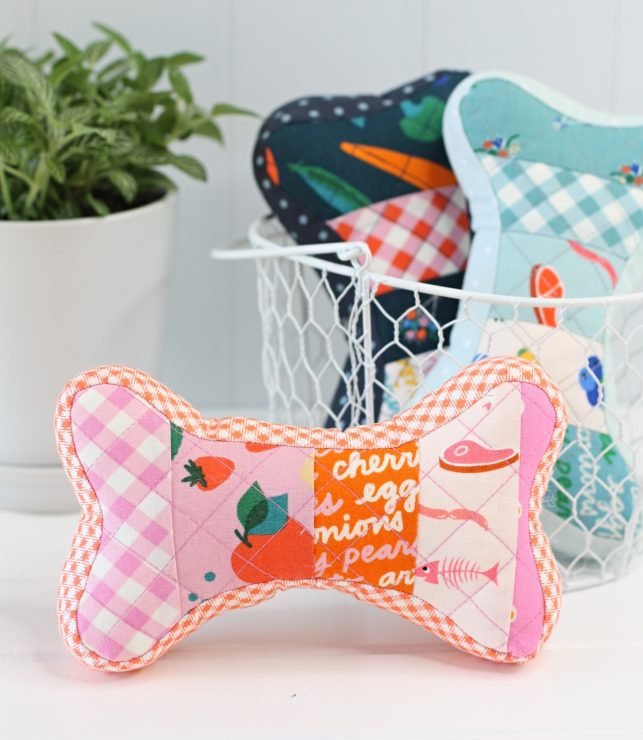
Patchwork Dog Bone Pincushion:
The Patchwork Dog Bone Toy is a fun toy for our furry friends. Dog lovers can also use as a pincushion.

Sweet Bloom Pincushions are a pretty addition to your sewing table.

Check out our free tutorial to make a Hexie Pincushion.
These handmade creations not only provide a convenient spot for pins but also add personality to a sewing setup.
Pins may be small, but they are mighty in the world of sewing. Whether using classic glass-headed pins, exploring modern alternatives, or finding joy in vintage tins, they continue to play an essential role in every stitch.

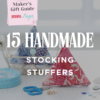

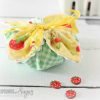


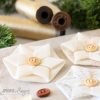
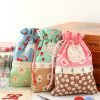
Lovely ideas. Helpful information and lovely soft colors.